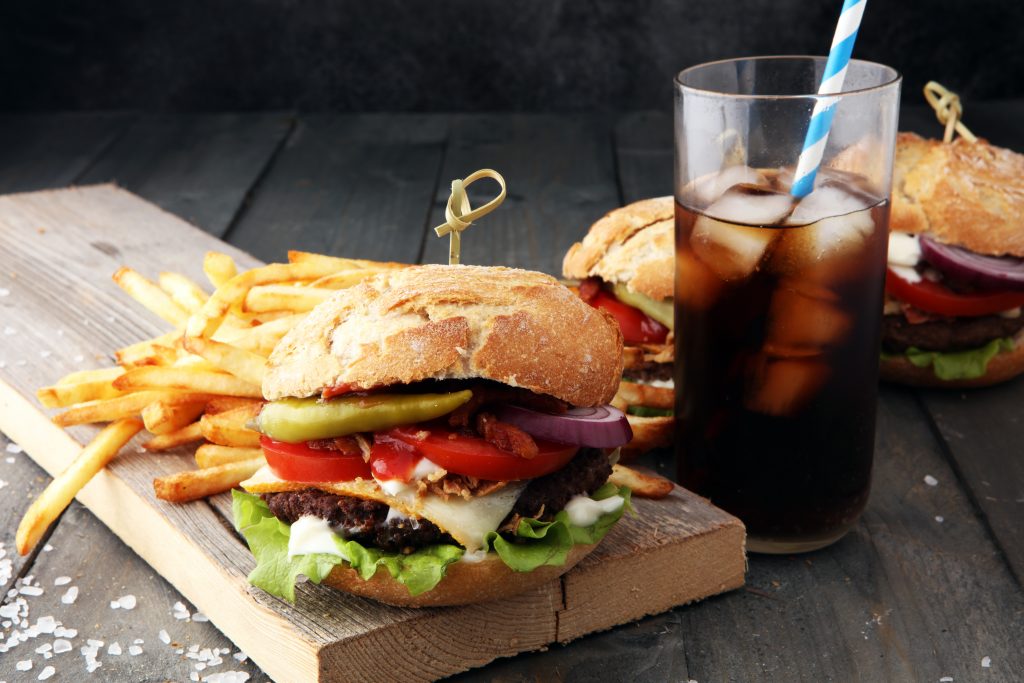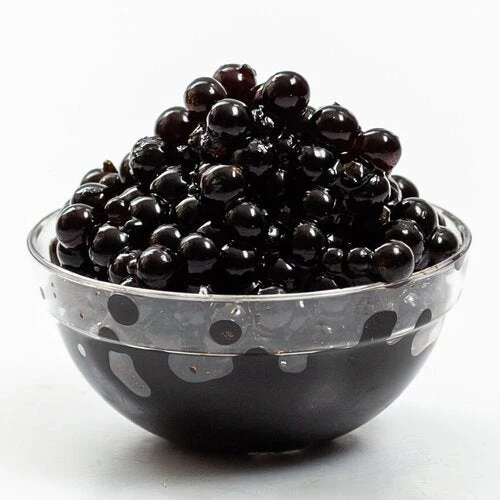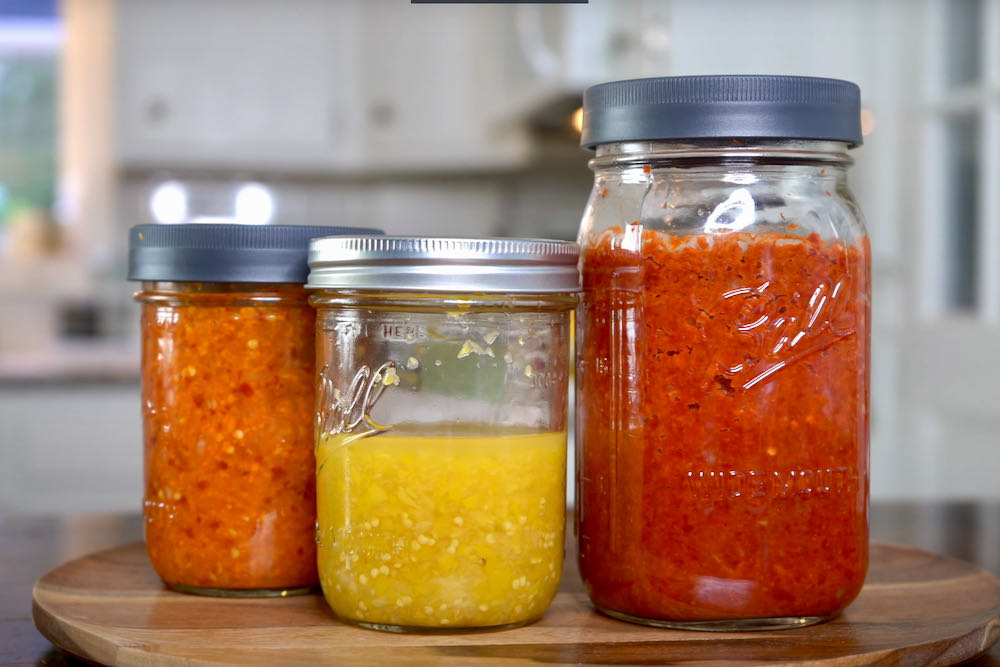Welcome to COVUM In a world where dining out often feels predictable and home cooking can fall into rote routines, there’s a growing hunger for something more—something that blends the artistry of the kitchen with the precision of a science lab. Enter Foodies Lab, a revolutionary concept that’s transforming how food enthusiasts, amateur chefs, and professional innovators approach meals. Imagine a space where bubbling beakers hold flavorful reductions, pipettes dispense vibrant gels, and everyday ingredients like milk and vinegar morph into edible wonders. This isn’t just a kitchen; it’s a playground for the senses, a hub for experimentation, and a testament to the magic that happens when food science collides with unbridled creativity.

Whether you’re a seasoned foodie chasing the next umami explosion or a curious home cook ready to geek out over molecular transformations, Foodies Lab invites you to roll up your sleeves and dive in. Founded on the principles of molecular gastronomy, this lab-style culinary center emphasizes hands-on learning, sustainable practices, and boundary-pushing recipes. In this article, we’ll explore the origins of Foodies Lab, its core techniques, step-by-step experiments you can try at home, and why it’s becoming the go-to destination for anyone who believes that great food starts with a great question: What if?
As we embark on this flavorful journey, Foodies Lab prepare to see your pantry in a new light. From specification that creates bursting flavor orbs to foams that defy gravity, Foodies Lab proves that cooking isn’t just about feeding the body—it’s about nourishing the mind and sparking joy. Let’s uncork the possibilities.
The Science Behind the Sizzle: A Brief History of Foodie Labs
The idea of Foodies Lab treating the kitchen as a laboratory isn’t new, but Foodies Lab elevates it to an accessible art form. Drawing inspiration from pioneers like Nicholas Kurti and Hervé This, who coined “molecular gastronomy” in the 1980s, this movement applies chemistry and physics to cooking. As detailed in The Food Lab: Better Home Cooking Through Science by J. Kenji López-Alt, understanding the “whys” behind recipes—like why searing meat creates a flavorful crust via the Maillard reaction—unlocks endless innovation.
Foodies Lab was born in 2018 in St. Petersburg, Florida, as a shared commercial kitchen space that doubles as an event venue for culinary workshops. What started as a hub for ghost kitchens and pop-up chefs has evolved into a full-fledged lab where participants experiment with techniques from spherification to sous-vide precision cooking. Today, with satellite labs in San Diego and online kits shipped worldwide, it’s a beacon for foodies seeking to blend tradition with tech.
At its heart, Foodies Lab is about demystifying science. Forget white coats and sterile benches; here, lab goggles pair with aprons stained by saffron aioli. The lab’s philosophy? Every dish is an experiment, and failure is just data for the next breakthrough. This approach resonates in an era where sustainability matters—labs like NYU’s Nutrition and Food Studies Food Lab explore waste reduction through innovative techniques, a ethos Foodies Lab champions by repurposing ingredients into zero-waste creations.

Why does this matter? In a fast-food dominated world, Foodies Lab empowers individuals to reclaim control over their plates. It’s not elite cuisine reserved for Michelin-starred kitchens; it’s democratic experimentation that turns grocery staples into gourmet delights. As López-Alt notes, “The best cooks are those who question everything.” And at Foodies Lab, questioning is the first step to mastery.
Essential Tools and Ingredients: Stocking Your Home Foodies Lab
Before we dive into the experiments, let’s kit out your kitchen lab. You don’t need a PhD or a six-figure budget—most tools are household heroes or affordable online finds. Start with these essentials:
| Category | Must-Have Items | Why It Rocks | Where to Get It |
|---|---|---|---|
| Basic Gear | Digital scale, immersion blender, silicone molds | Precision measuring prevents flops; blender creates emulsions effortlessly. | Amazon basics kitchen tools |
| Science Staples | Sodium alginate, calcium chloride, agar-agar | Key for spherification and gels; food-grade and safe. | Molecular gastronomy kits on Etsy |
| Heat Control | Sous-vide stick, blowtorch | Low-temp cooking preserves nutrients; torch adds caramelized flair. | Local culinary stores or Williams Sonoma |
| Safety First | Gloves, pH strips, fire extinguisher | Handles chemicals safely; tests acidity for perfect reactions. | Pharmacy or Lab supply sites |
Pro tip: For beginners, grab a starter kit from Molecule Kitchen, which includes pre-measured powders and recipe cards for under $50. Remember, the lab’s mantra is “measure twice, taste once.” With these in hand, you’re ready to alchemize.
Hands-On Experiments: Recipes to Ignite Your Inner Mad Scientist
Now, the fun part: experiments! These five Foodies Lab favorites scale from newbie-friendly to advanced, each with a scientific twist. We’ve kept portions for 4 servings, timings, and tips for troubleshooting. Link these to our site’s deeper dives for full video tutorials.
Experiment 1: Reverse Spherification – Bursting Balsamic Caviar
Specification, of Foodies Lab hallmark of molecular gastronomy, encases liquids in a gel membrane using sodium alginate and calcium. It’s like caviar, but with infinite flavor possibilities. This balsamic version pops with tangy sweetness, perfect over vanilla ice cream.
Ingredients:
- 1 cup balsamic vinegar reduction
- 2g sodium alginate
- 5g calcium lactate
- 2 cups water (for bath)
Steps:
- Blend alginate into vinegar until dissolved (use immersion blender; let rest 1 hour to hydrate).
- Dissolve calcium in water for the bath.
- Drop teaspoon-sized blobs of vinegar mix into bath using a dropper. Let set 2-3 minutes.
- Rinse spheres gently in clean water; serve immediately.
Time: 20 minutes active + setting. Science Bit: Calcium ions cross-link alginate chains, forming a gel skin while keeping the interior liquid—mimicking the Leidenfrost effect for texture contrast.
Yield: 50+ spheres. Pair with our strawberry foam recipe for a deconstructed dessert. Calories per serving: ~50.
Experiment 2: Olive Oil Powder – Crunchy Liquid Magic
Transform liquid fat into a dissolvable powder? Yes, please. This technique, inspired by Future Gastronomy Lab, uses maltodextrin to aerate oil, creating a snow-like sprinkle for salads or popcorn.
Ingredients:
- 1 cup extra-virgin olive oil
- 1.5 cups tapioca maltodextrin
- Pinch of sea salt
- Optional: Truffle essence (2 tsp)
Steps:
- Sift maltodextrin into a bowl.
- Slowly drizzle in oil while whisking vigorously until it forms a crumbly powder (like wet sand).
- Spread on parchment to dry 10 minutes; season with salt.
- Store airtight; sprinkle liberally.
Time: 15 minutes. Science Bit: Maltodextrin, a starch derivative, absorbs oil’s lipids, trapping air for a powdered texture without altering flavor.
Yield: 2 cups. Elevate with our truffle dust variations. Fun fact: This powder dissolves on the tongue, releasing pure umami.
Experiment 3: Yogurt Espuma – Airy, Probiotic Clouds
Foams add levity to dishes, and this yogurt espuma uses a whipped cream siphon for stable, airy heights. Drawing from Science Buddies’ food experiments, it’s gut-friendly and versatile.
Ingredients:
- 1 cup plain Greek yogurt
- 1/2 cup heavy cream
- 1 tbsp lemon juice
- 1 tsp honey
Steps:
- Blend all ingredients until smooth.
- Strain into a whipped cream siphon; charge with one N2O cartridge.
- Shake vigorously 10 times; dispense into chilled bowl.
- Serve chilled atop soups or fruits.
Time: 10 minutes + chill. Science Bit: Nitrous oxide dissolves into fat molecules, expanding into foam upon release—nitrogen bubbles create the stable structure.
Yield: 2 cups foam. Check our savory herb espuma guide for savory spins. Pro tip: Over-shaking bursts bubbles; gentle is key.

Experiment 4: Chocolate Soil – Edible Earth for Dessert Drama
Crunchy, soil-like chocolate? This deconstructed dirt pudding uses oven-dried crumbs for texture play, echoing KiwiCo’s kitchen science.
Ingredients:
- 200g dark chocolate, melted
- 1 cup panko breadcrumbs
- 1/4 cup cocoa powder
- 2 tbsp butter, browned
Steps:
- Mix melted chocolate with browned butter; fold in breadcrumbs and cocoa.
- Spread thinly on a baking sheet; bake at 200°F for 45 minutes until crisp.
- Cool and crumble into “soil.”
- Layer with our edible flowers for a garden-inspired parfait.
Time: 1 hour. Science Bit: Low-heat dehydration removes moisture, transforming soft mixtures into brittle, porous textures via caramelization.
Yield: 3 cups. Ideal for kids’ labs—teaches texture science without mess.
Experiment 5: Fermented Hot Sauce – Microbial Alchemy
For the patient foodie, fermentation harnesses bacteria for tangy depth. This lab explores biopython-inspired bio experiments, yielding a probiotic-packed sauce.
Ingredients:
- 10 habanero peppers, chopped
- 4 garlic cloves
- 1 cup brine (2% salt water)
- 1 tsp sugar
Steps:

- Pack peppers and garlic into a jar; cover with brine.
- Weigh down with a glass weight; ferment at room temp for 7-14 days, burping daily.
- Blend smooth; strain if desired.
- Bottle and age for bolder flavor.
Time: 10 minutes prep + 10 days ferment. Science Bit: Lactic acid bacteria convert sugars to acids, preserving via pH drop while building complex flavors.
Yield: 1 pint. Explore fermentation troubleshooting on our blog. Heat level: Volcanic—dilute for mild palates.
Beyond the Basics: Advanced Techniques and Global Twists
Once you’ve mastered the fundamentals, level up with advanced methods. Try liquid nitrogen flash-freezing for instant sorbets—safety first, as it hits -196°C! Or explore 3D food printing, where printers extrude pureed veggies into custom shapes, as seen in Future Gastronomy’s innovations.
Globally, Foodies Labs vary: In the Netherlands, Foodies Lab NL fuses Dutch cheeses with Asian ferments, while Texas’ Foodies Lab Kitchen experiments with BBQ smokes and gels. At home, adapt with cultural riffs—like spherified kimchi bubbles or foamed chai.
Sustainability is woven in: Use food waste for stocks, or maltodextrin from upcycled starches. As Sharon Palmer’s plant-powered insights highlight, molecular methods reduce resource use while amplifying flavors.

The Future of Foodies Lab: Innovation on the Horizon
Peering ahead, Foodies Lab is poised for explosive growth. With AI-driven recipe generators like Google’s Food Mood experiment, labs will personalize creations based on mood or genetics. Lab-grown meats and printed proteins promise ethical indulgence, while VR simulations let you “cook” virtually before real-world trials.
Community is key: Join workshops at St. Pete’s Foodie Labs or virtual sessions via Serious Eats’ Food Lab. The lab’s ethos? Experimentation fosters empathy—sharing failures builds better eaters.

Wrapping Up: Your Invitation to the Lab
Foodies Lab isn’t a destination—it’s a mindset. From the pop of a balsamic sphere to the sigh of a perfect foam, it reminds us that food is chemistry, art, and adventure rolled into one. Whether you’re tweaking Grandma’s lasagna with sous-vide or inventing a zero-waste gelato, the lab awaits.
Ready to experiment? Book a spot at our local Foodies Lab event or subscribe for monthly kits. As Hervé This said, “Cooking is a science, but it’s also poetry.” At Foodies Lab, we make both accessible. What’s your first experiment? Share in the comments below—we’re all lab partners here.
If you can visit for more recipes than click on covum?